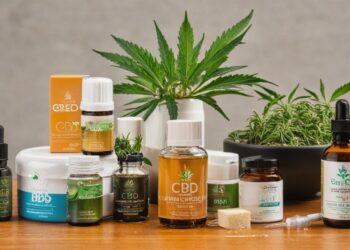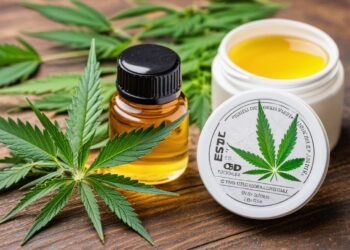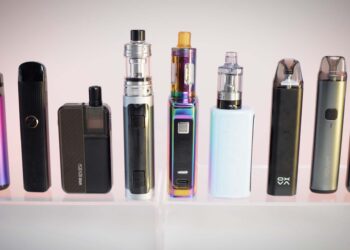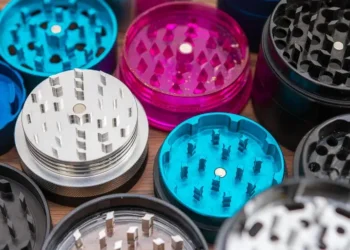Through the Legal Labyrinth: An In-depth Exploration of Global CBD Regulations
Introduction
CBD, short for cannabidiol, has emerged as a global phenomenon in recent years. Derived from the cannabis plant, CBD has gained immense popularity for its potential health benefits and versatility in various products.
From oils and tinctures to creams and edibles, CBD is now a ubiquitous presence in the health and wellness market. This surge in popularity can be attributed to increasing consumer awareness of its therapeutic properties without the psychoactive effects commonly associated with marijuana.
A Brief Overview of the Growing Popularity of CBD Products Worldwide
The rise of CBD can be seen as a direct reflection of shifting attitudes towards cannabis around the world. As countries move away from strict prohibitionist policies, there has been an increasing acceptance and recognition of the potential medicinal value that cannabinoids, like CBD, may hold.
The demand for CBD products has skyrocketed due to a combination of factors such as changing societal perceptions, scientific research highlighting its properties, and anecdotal evidence from individuals who have experienced positive effects. Moreover, the appeal of CBD lies not only in its potential therapeutic benefits but also in its versatility.
Consumers are drawn to CBD because it can be incorporated into various forms such as oils, capsules, topicals, edibles, and even infused beverages. This adaptability allows people to integrate CBD into their daily routines seamlessly.
The Importance of Understanding CBD Regulations to Ensure Compliance and Avoid Legal Issues
While the growing popularity of CBD is undeniable, navigating the complex legal landscape surrounding this cannabinoid is paramount for both businesses and consumers alike. Understanding the regulations governing the production, sale, and consumption of CBD products is crucial to ensure compliance with applicable laws and avoid running afoul with authorities. Each country has developed its own set of regulations regarding CBD use that range from complete legalization to stringent restrictions or outright bans.
These regulations can vary significantly not only between countries but also within different regions or states of the same country. Therefore, it is essential for individuals and businesses involved in the CBD industry to stay informed about the specific legal requirements in their jurisdiction.
Non-compliance with CBD regulations can have severe consequences, including legal penalties, closure of businesses, and damage to a company’s reputation. Additionally, consumers who are not well-informed about the legality of CBD products may inadvertently purchase items that are illegal in their area, risking personal legal repercussions.
To ensure a smooth and lawful experience within the CBD market, a comprehensive understanding of regional regulations is imperative for all involved parties. CBD has gained remarkable popularity worldwide due to its potential health benefits and versatility.
However, it is crucial to recognize that this growing industry operates under diverse sets of regulations that can vary significantly between countries and even within different regions. By comprehending these regulations thoroughly and staying up-to-date with any changes or new developments, individuals and businesses can navigate the legal landscape surrounding CBD effectively while ensuring compliance and minimizing legal risks.
United States
The Impact of the 2018 Farm Bill on CBD Regulations
As the popularity of CBD products soared in the United States, the passing of the 2018 Farm Bill brought about significant changes in CBD regulations. This legislation removed hemp, defined as cannabis with less than 0.3% THC content, from the list of controlled substances. Consequently, hemp-derived CBD became federally legal, allowing for its cultivation, production, and distribution across state lines.
Federal vs State Laws: A Complex Legal Landscape
Despite the federal legalization of hemp-derived CBD, it’s important to note that individual states have different laws governing its legality and usage. Some states have fully embraced the legalization of both recreational and medicinal cannabis/CBD products, while others maintain stricter regulations or even continue to enforce a complete prohibition.
This discrepancy between federal and state laws creates a complex legal landscape for businesses and consumers alike. It is crucial for industry stakeholders to navigate this intricate web by adhering to both federal guidelines set forth by agencies like the Food and Drug Administration (FDA) and complying with state-specific regulations to ensure compliance at all levels.
The FDA’s Regulatory Role
The FDA plays a vital role in regulating CBD products marketed as dietary supplements or used in food and beverages. While they recognize hemp-derived CBD as federally legal, they maintain that adding it to food or dietary supplements is still prohibited under current regulations. The FDA has expressed concerns regarding potential health risks associated with unregulated marketing claims and misleading labeling practices within the industry.
To address these concerns, the FDA has emphasized their commitment to exploring regulatory pathways for lawful marketing of CBD products while protecting public health interests. They are actively working on developing comprehensive guidelines that would provide clarity on dosage limits, manufacturing processes, labeling requirements, quality control standards, testing protocols, and more.
Canada
The Cannabis Act and CBD Regulations
Canada made headlines by becoming the second country in the world to fully legalize recreational cannabis in 2018, under the Cannabis Act. This comprehensive legislation regulates all aspects of cannabis, including CBD products. The act distinguishes between hemp-derived CBD and marijuana-derived CBD based on their THC content.
Hemp vs Marijuana: Understanding the Difference
The Canadian government defines hemp as cannabis plants with a THC content of 0.3% or lower and allows for its cultivation under specific licensing regulations. Hemp-derived CBD is legal nationwide, subject to compliance with quality control standards set by Health Canada. On the other hand, marijuana-derived CBD carries different regulations due to its higher THC content.
Under the Cannabis Act, it is legal for individuals authorized by Health Canada to access medical marijuana products, including those containing higher levels of THC. However, recreational use and distribution of marijuana-derived products fall under separate regulations governed by provinces and territories.
European Union (EU)
The Novel Food Regulation: Implications for CBD Products
The European Union has taken a unique approach to regulating CBD products through its Novel Food Regulation framework. According to this regulation, any food or food ingredient that was not significantly consumed within Europe before May 15th, 1997 is considered “novel” and must undergo a safety assessment before being placed on the market.
Varying Regulations Across EU Countries
In relation to CBD products, this regulation has created significant variations across EU member states. Some countries have embraced a more lenient approach towards novel foods like CBD-infused edibles or beverages and allowed them on their markets without extensive pre-market authorization processes.
However, several EU countries have adopted more conservative stances regarding novel foods containing CBD, requiring thorough safety assessments before granting approval for sale. This disparity in regulations has resulted in a fragmented market across the European Union, making it essential for businesses to navigate the varying requirements within each member state.
Australia
TGA Regulations on Medicinal Cannabis and CBD Products
Australia’s Therapeutic Goods Administration (TGA) oversees the regulation of medicinal cannabis, including CBD products. The TGA operates under a strict framework that considers cannabis as a controlled substance with therapeutic potential.
Changes in Legislation: Over-the-Counter Availability
In recent years, Australia has experienced significant changes in legislation regarding CBD products. While previously limited to prescription-only access, low-dose CBD products have been made available over-the-counter since 2020.
These changes aim to increase accessibility for patients seeking relief through non-prescription CBD options while maintaining appropriate quality control measures. It’s important for businesses operating within Australia’s market to understand and comply with TGA regulations to ensure their products meet all requirements pertaining to manufacturing standards, labeling, advertising restrictions, and overall safety for consumers.
Key Regulations and Restrictions on CBD Products Worldwide
THC Content Limits for Legal Sale and Consumption
Navigating the legal landscape of CBD regulations worldwide requires a thorough understanding of the permissible THC (delta-9-tetrahydrocannabinol) content limits for CBD products. THC is the psychoactive compound found in cannabis that is responsible for producing a “high” effect. While CBD itself does not possess psychoactive properties, most jurisdictions set specific limits on the amount of THC allowable in CBD products for them to be legally sold or consumed.
In the United States, the federal law defines hemp as cannabis with a THC concentration of no more than 0.3%. Products derived from hemp, including CBD, fall within this legal threshold and are therefore federally legal.
However, some states have implemented stricter regulations with lower THC limits or even banned certain CBD products altogether. Canada, on the other hand, differentiates between hemp-derived and marijuana-derived CBD products.
Hemp-derived CBD must contain less than 0.3% THC to be considered legal under Canada’s Cannabis Act. Conversely, marijuana-derived CBD is subject to more stringent regulations due to its higher potential for THC content.
The European Union has its own set of variations in THC limits across member states. While EU regulations specify that industrial hemp should not exceed 0.2% THC content, individual countries retain some autonomy in setting their own thresholds.
For example, Switzerland allows up to 1% THC in hemp cultivation and product manufacturing. Australia follows a similar approach where there are differing state-based regulations governing permissible levels of THC in various contexts such as medicinal use or over-the-counter availability.
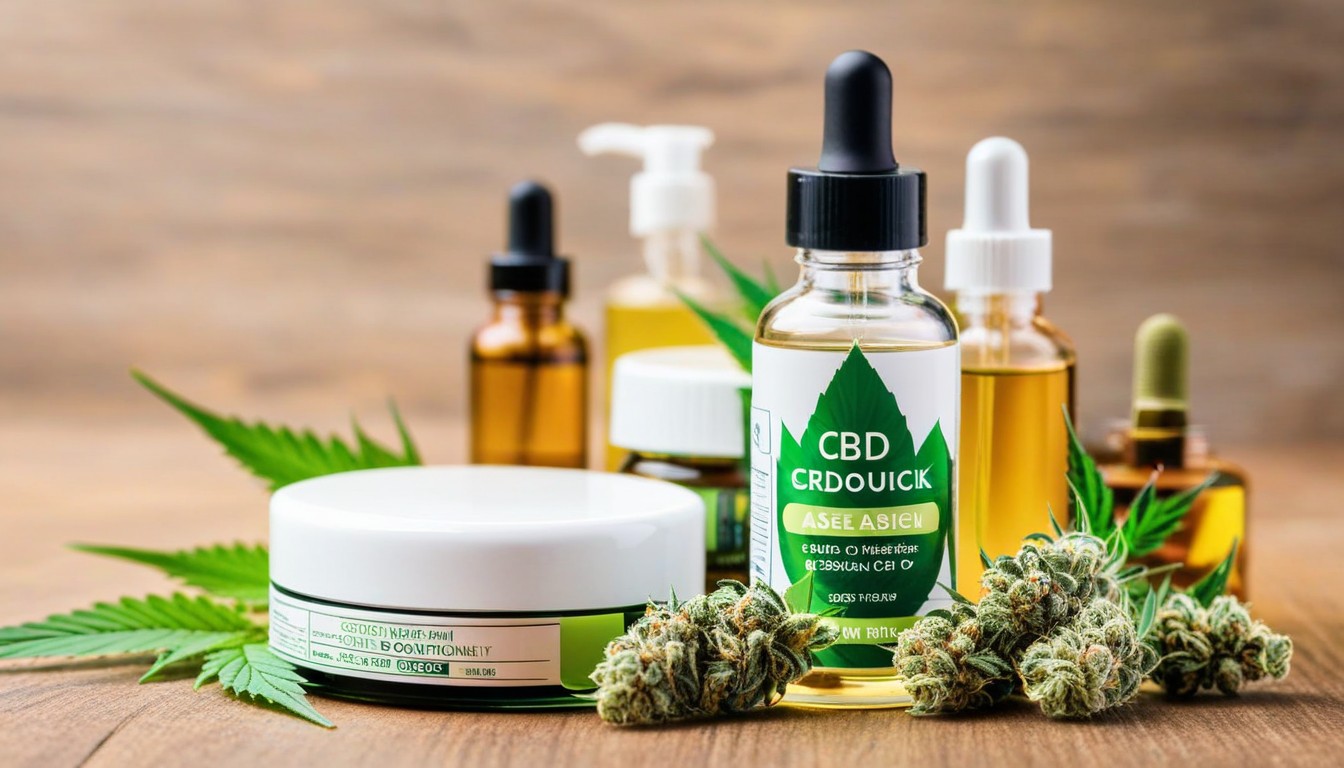
Labeling Requirements
Clear and accurate labeling is crucial when it comes to marketing and selling CBD products internationally as it ensures consumer safety and compliance with jurisdictional standards. Understanding the labeling requirements imposed by various countries can help businesses avoid legal issues and maintain transparency. Product labels typically include information such as the list of ingredients, CBD concentration, THC content, dosage instructions, and storage recommendations.
In addition to these essential details, certain jurisdictions may require specific language or symbols to convey warnings about potential side effects or allergens. For instance, the United States mandates that CBD products must have a QR code or website link providing access to detailed product information and a batch-specific certificate of analysis (COA) verifying the product’s contents.
Canada also requires a COA along with bilingual labels clearly stating the product’s THC and CBD content. In the European Union, food supplements containing CBD are subject to Novel Food Regulation which necessitates extensive safety assessments before being authorized for sale.
Products falling under this regulation must comply with additional labeling requirements indicating their status as novel foods. Australian regulations vary between states but generally require clear labeling of CBD products with accurate information regarding dosage instructions, ingredient listings, storage conditions, and warnings related to potential side effects.
Import/Export Restrictions
Cross-border trade of CBD products can be challenging due to import/export restrictions imposed by different countries. These limitations aim to control quality standards and prevent illegal drug trafficking while ensuring compliance with each jurisdiction’s specific regulations.
The United States strictly regulates imports of CBD products and requires appropriate documentation demonstrating compliance with federal law. Exporting from the U.S. is subject to similar scrutiny when it comes to adhering to destination country laws regarding THC limits and labeling requirements.
Canada allows legal exportation of hemp-derived CBD products as long as they comply with both Canadian regulations and those of the importing country. Exporters need to obtain necessary licenses or authorizations from relevant authorities before shipping their products internationally.
The European Union has harmonized rules for importing CBD products among its member states due to its single market nature. However, importers still need to ensure adherence to individual member state regulations regarding THC limits, labeling requirements, and compliance with Novel Food Regulation.
Australia has strict border control measures concerning CBD products. Importing CBD may require appropriate licenses or permits depending on the intended use (medical or non-medical).
Moreover, the imported products must meet Australian standards and undergo thorough testing to ensure compliance with local regulations. Understanding import and export restrictions is crucial for businesses engaged in international trade of CBD products to avoid potential legal issues and ensure compliance with destination country regulations.
The Distinction: Medical vs Non-Medical Use Regulations
Exploring the Nuances of Regulations for Medical Cannabis/CBD vs Non-Medical or Recreational Use
When navigating the legal landscape of CBD regulations, it is crucial to understand the differences between regulations for medical cannabis and non-medical or recreational use. While countries may have varying approaches to legalization, the distinction between these two categories often plays a significant role in shaping legislation and enforcement. Let us delve into the intricacies of these regulations and shed light on their implications.
Different Legal Frameworks for Medical Cannabis/CBD
In several jurisdictions, including the United States, Canada, and certain European countries, specific guidelines are in place to regulate medical cannabis/CBD separately from non-medical use. These frameworks typically involve established programs that permit patients with qualifying conditions to access medical-grade CBD products under certain conditions. Requirements commonly include obtaining a doctor’s recommendation or prescription, enrolling in a registry system, and purchasing from licensed dispensaries.
Medical-use regulations aim to address patient needs while ensuring quality control and safety standards. They often involve stricter oversight compared to non-medical use, encompassing aspects such as product testing requirements, dosage limitations, mandatory record-keeping by healthcare providers, and patient confidentiality safeguards.
Nuanced Approaches to Non-Medical or Recreational Use
In jurisdictions where non-medical or recreational cannabis is legalized (such as parts of the United States, Canada, Uruguay), separate sets of regulations are established alongside medical-use guidelines. The intent here is twofold: enable responsible adult consumption while minimizing potential risks associated with misuse or abuse. Non-medical use regulations typically focus on age restrictions (limiting access to individuals over 21 years old), personal possession limits (often measured in ounces), cultivation allowances (for personal use only), and licensing requirements for cannabis-related businesses.
Furthermore, regulatory bodies often enforce strict protocols regarding impaired driving, public consumption, and advertising restrictions to ensure public safety and prevent potential harm caused by excessive use. Understanding the differences between medical and non-medical cannabis/CBD regulations is essential for individuals seeking legal compliance or industry stakeholders operating within these spheres.
While medical-use regulations prioritize patient access to therapeutic options while maintaining safety standards, non-medical use regulations endeavor to strike a balance between personal freedom and societal welfare. By navigating these distinct pathways with diligence, stakeholders can participate in the evolving CBD landscape responsibly while adhering to applicable laws.
Conclusion
While navigating the legal landscape of CBD regulations around the world may seem daunting due to challenges such as lack of standardization, regulatory ambiguity, and international trade barriers, it is essential to remember that progress is being made. Governments and regulatory bodies are increasingly recognizing the potential benefits of CBD and are working towards establishing clearer frameworks that prioritize consumer safety while allowing for industry growth.
As the CBD market continues to evolve, it is important for businesses and consumers to stay informed, adapt to changing regulations, and advocate for responsible practices. By fostering collaboration between industry stakeholders and regulators, we can create a global CBD marketplace that not only adheres to legal requirements but also ensures the accessibility of high-quality products that can positively impact people’s lives.

